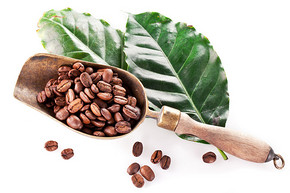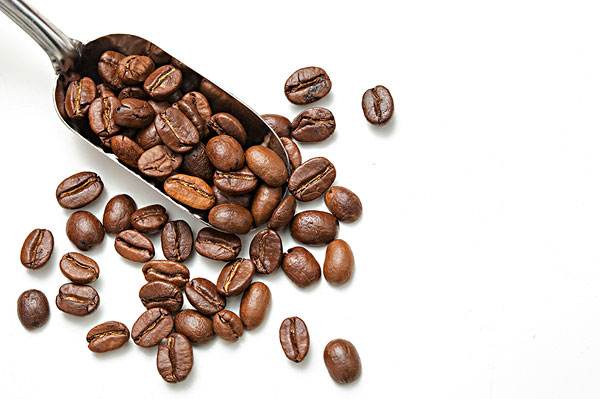Cultural Development of Coffee beans in Ecuador
Follow the caf é (Wechat official account vdailycom) and found that Beautiful Cafe opened a small shop of its own.
Because of its unique geographical and environmental factors, Ecuador is one of 14 countries in the world that can grow two kinds of coffee trees at the same time. Twenty of the 24 provinces in Ecuador grow coffee crops, each with its own unique characteristics, and coffee is named after the location where it is grown, such as Galapagos coffee, Panamanian straw hat coffee, Saluma coffee and so on.
Now Ecuador wants to bring this treasure to China so that Chinese consumers can also enjoy the pleasure of drinking this boutique coffee. The strategy of the Commercial Office of Ecuador's Export and Investment Promotion Bureau in China is to promote and develop Ecuadorian coffee as a high-quality standard single-source product.

Most Ecuadorian coffee grows on small farms. Compared with coffee growers in other countries, coffee growers here use few fertilizers and pesticides. In the past, the primitive and natural way of growing coffee limited the amount of coffee grown in Ecuador. But soon, unique buyers realized that this primitive and natural way of growing could be seen as a unique advantage.
With the prosperity of natural pollution-free coffee cultivation on farms, the sales of organic coffee are also growing. In order to implement this planting method, farmers need to invest a lot of time and resources to produce high-quality coffee beans. This obviously increases the price of coffee beans, but customers who advocate natural, healthy and high-quality products are still willing to pay for it.
Ecuador doesn't have much land to grow a lot of coffee, but it has an excellent climate, soil and professional growers who have grown coffee for centuries. They retain the traditional and delicate way of planting, which at the same time makes their life more colorful.
Once upon a time, for some families in Ecuador's southern provinces (such as Loha and El Oro), it was a tradition to have a cup of coffee at six in the afternoon. Today, although the pace of life has greatly accelerated, the aroma of coffee can still be smelled in the evening in Saluma and El Oro, because in the southern cities of Ecuador, coffee production is not just an activity seeking financial returns.
Ecuador, the full name of the Republic of Ecuador (Spanish: Rep ú blica del Ecuador) is a country located in the northwest of South America, bordered by Colombia to the north, Peru to the south, the Pacific Ocean to the west, and Chile, which is not adjacent to Brazil in South America, and has the Galapagos Islands, 1000 kilometers from Ecuador. Ecuador became independent from Spain on August 10, 1809. Because the equator crosses Ecuador's border, and Ecuador means the equator in Spanish, the country also has a nickname for "equatorial country", or "banana country" because it is rich in bananas. Quito, the capital, is located in the foothills of Picincha volcano, rising to 2850 meters above sea level, making it the second highest capital in the world (after La Paz, Bolivia). Is a member of the Union of South American Nations.
Important Notice :
前街咖啡 FrontStreet Coffee has moved to new addredd:
FrontStreet Coffee Address: 315,Donghua East Road,GuangZhou
Tel:020 38364473
- Prev

An introduction to the history of coffee in Ecuador
Following caf é (Wechat official account vdailycom) found that Cafe Beautiful opened a small shop of its own. Coffee arrived in Ecuador's Manabi province around 1860, then spread throughout the region, and began to be exported to Europe from the port of Manta in 1905. Ecuador is one of the few countries that grow Arabica and Robusta. When diseases and insect pests hit the cacao tree in the 1920s,
- Next

Ecuador: coffee growers analyze business opportunities in the Russian market
Quito (Picincha).-Ecuadorian entrepreneurs and Russia held a meeting to strengthen coffee exports to the Russian market. The event was attended by trade union leaders of the two countries and representatives of 25 enterprises importing coffee. This is an opportunity to promote exports and investment (near Ecuador). The content of the meeting is how to strengthen the production of coffee in Ecuador and for the coffee sector and the business of the Russian city.
Related
- Detailed explanation of Jadeite planting Land in Panamanian Jadeite Manor introduction to the grading system of Jadeite competitive bidding, Red bid, Green bid and Rose Summer
- Story of Coffee planting in Brenka region of Costa Rica Stonehenge Manor anaerobic heavy honey treatment of flavor mouth
- What's on the barrel of Blue Mountain Coffee beans?
- Can American coffee also pull flowers? How to use hot American style to pull out a good-looking pattern?
- Can you make a cold extract with coffee beans? What is the right proportion for cold-extracted coffee formula?
- Indonesian PWN Gold Mandrine Coffee Origin Features Flavor How to Chong? Mandolin coffee is American.
- A brief introduction to the flavor characteristics of Brazilian yellow bourbon coffee beans
- What is the effect of different water quality on the flavor of cold-extracted coffee? What kind of water is best for brewing coffee?
- Why do you think of Rose Summer whenever you mention Panamanian coffee?
- Introduction to the characteristics of authentic blue mountain coffee bean producing areas? What is the CIB Coffee Authority in Jamaica?

